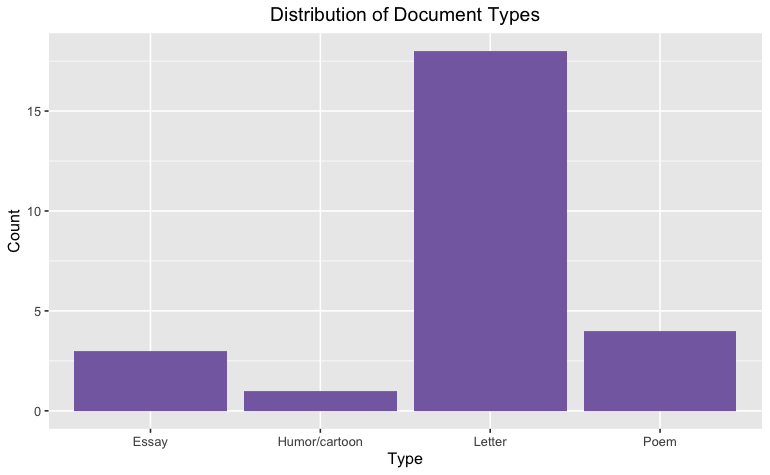Background
The United States entered WWI on April 6, 1917. As the nation dealt with this sudden transition and the economic, social, and political changes that accompanied it, the leadership of the College attempted to maintain a sense of normalcy. For a while, under the leadership of President Alexander Meiklejohn (1912–24), the College remained under normal operation. Yet, as new developments occurred abroad, the campus community ultimately seceded to the will of the nation.
Between the nation’s declaration of war in April 1917 and the subsequent fall semester, the College underwent several transitions. Namely, the student body was rapidly depleted as college men, inspired by the nation’s call to action, volunteered for military service.1 In an effort to prepare for the inevitable, in the fall of 1917, President Meiklejohn approved the integration of military education in the course curriculum.2 The following year, the College seceded leadership to the Student Army Training Corps. 3
Throughout this novel transition, Amherst students both enlisted in service abroad and on the homefront did not keep their experiences to themselves. Instead, through several genres of text, students documented their experiences. These documents, which are the source material for the following analysis are featured in the Amherst Monthly, a student-run literary journal.
In total, there are twenty-seven sources. I have categorized them each by genre and performed text analysis on each genre group. A breakdown of the collection of documents is provided below.

Please follow the links below to access the text analysis summary for each genre.
For more information about Amherst College during WWI, read A War College by Richard F. Teichgraeber III ’71.
1 2 3 III Teichgraeber F., Richard. “A War College” . Amherst Magazine. 12 September 2018.

You must be logged in to post a comment.